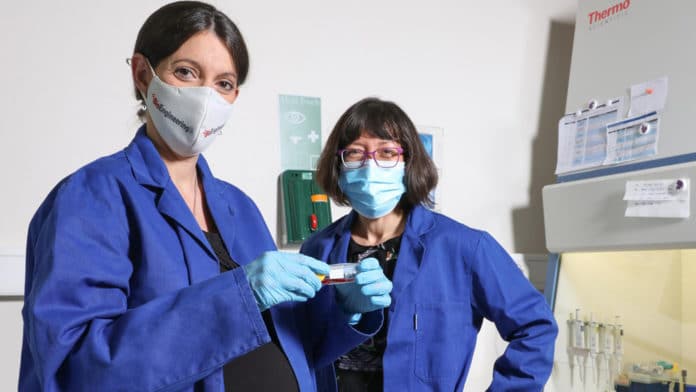For the rapid multiplication of itself, mitochondria perform Mitochondrial fission. With increasing cell size, the cell needs more fuel and, therefore, more mitochondria. But mitochondria have their DNA unique from the cell’s DNA, so mitochondria have their life cycle. They can only proliferate by replicating their DNA and dividing themselves.
To remove unwanted material from itself, mitochondria, the cell’s powerhouse, either split in half to multiply within the cell or cut off their ends. This is the latest finding from EPFL biophysicists in their latest research investigating mitochondrial fission.
EPFL postdoc Tatjana Kleele and first author of the study, said, “For me, the big question was how do mitochondria know when to proliferate or degrade? How does the cell regulate these two opposing functions of mitochondrial fission?”
After researching 2000 mitochondria for four years, scientists discovered that the splitting location of mitochondria is not random.
Here comes a super-resolution microscope (iSIM) that plays a vital role in this research and helps scientists observe many individual mitochondria in living cancer cell lines and mouse cardiomyocytes as they split into smaller segments.
Manley said, “The size of a mitochondrion is just around the diffraction limit for light microscopy, making it impossible to study mitochondrial physiology and shape changes at the sub-organelle level. Using a custom-built super-resolution microscope, which allows fast imaging with a two-fold increase in resolution, we were able to analyze a large number of mitochondrial divisions.”
These observations helped scientists quantify the position of fission with high precision. They were also able to detect signs of dysfunction in small parts of the organel using fluorescent biosensors.
A low pH within a mitochondrion indicates the proton pump necessary for making ATP is not functioning anymore. Calcium concentrations provided information about the mitochondria structures.
There were two types of mitochondrial division: midzone and peripheral. The midzone division was already mentioned in the textbook molecular machinery of fission, whereas the peripheral division was linked with mitochondrial stress and dysfunction.
Next, scientists determined the same behavior in heart cells from mice. They found that mouse heart muscle cells (cardiomyocytes) can independently regulate those two types of fissions because they use different proteins and machineries.
Simulating these cardiomyocytes to contract with pharmaceuticals strongly increases peripheral division rates. It means mitochondria produced extreme energy when the cardiomyocytes were over-stimulated, causing heart cells to beat quickly.
A by-product of this energy production is free radicals, aka reactive oxygen species, known to lead to dysfunction within the cell, including dysfunction of the mitochondria. The peripheral divisions, therefore, increase to get rid of damaged mitochondria due to the stress.
Scientists noticed more midzone divisions when they stimulated the cardiomyocytes to proliferate.
Keele said, “The behavior of mitochondrial fission that we’ve observed in the lab is very likely relevant for all mammalian cells.”
Manley said, “this regulation of mitochondrial fission is important for understanding human diseases, such as neurodegeneration and cardiovascular dysfunction, which are both associated with overactive mitochondrial fission. Therapeutic approaches are rare, since globally targeting mitochondrial fission has many side effects. By identifying proteins which are specifically involved in either biogenesis or degradation, we can now provide more precise targets for pharmacological approaches.”
Journal Reference:
- Keele, T., Rey, T., Winter, J. et al. Distinct fission signatures predict mitochondrial degradation or biogenesis. Nature (2021). Doi: 10.1038/s41586-021-03510-6
